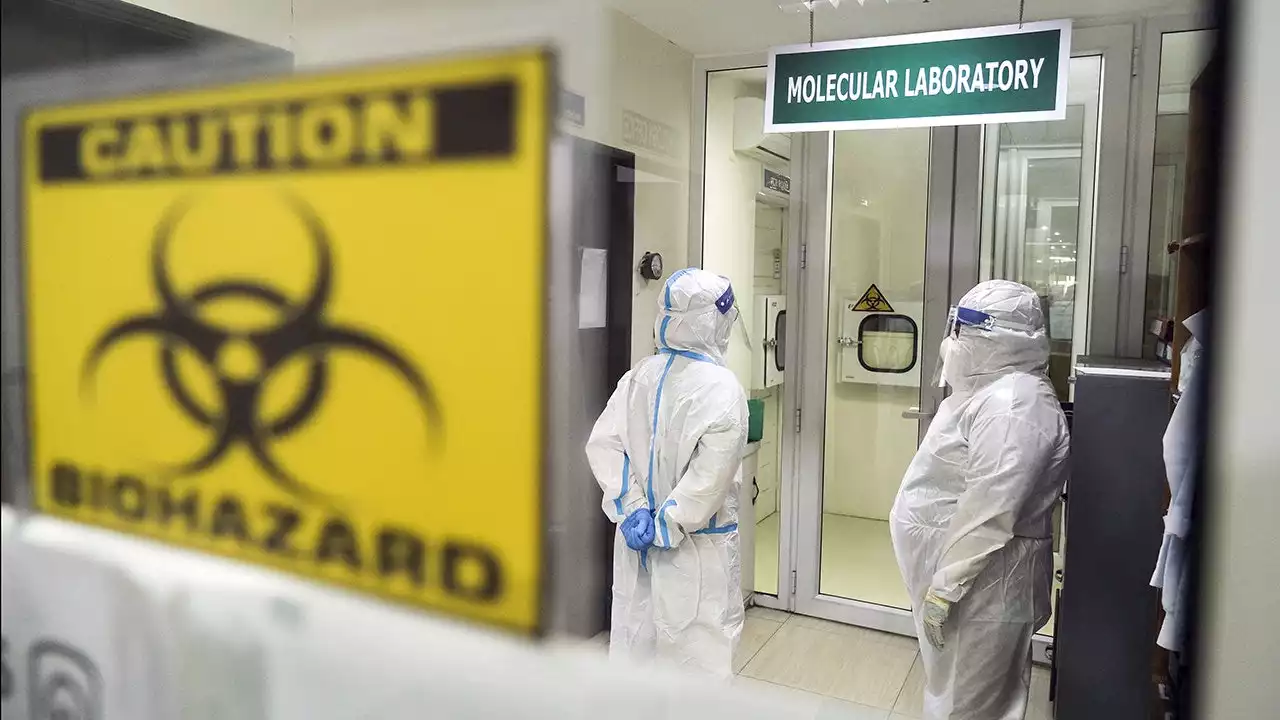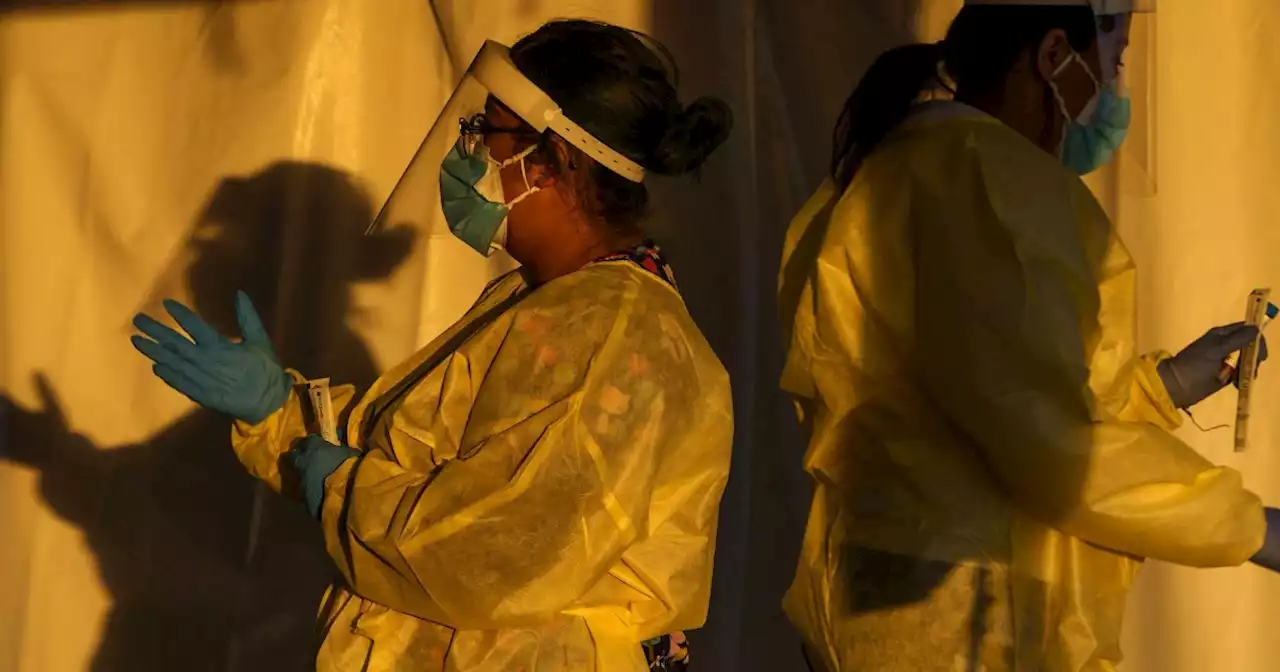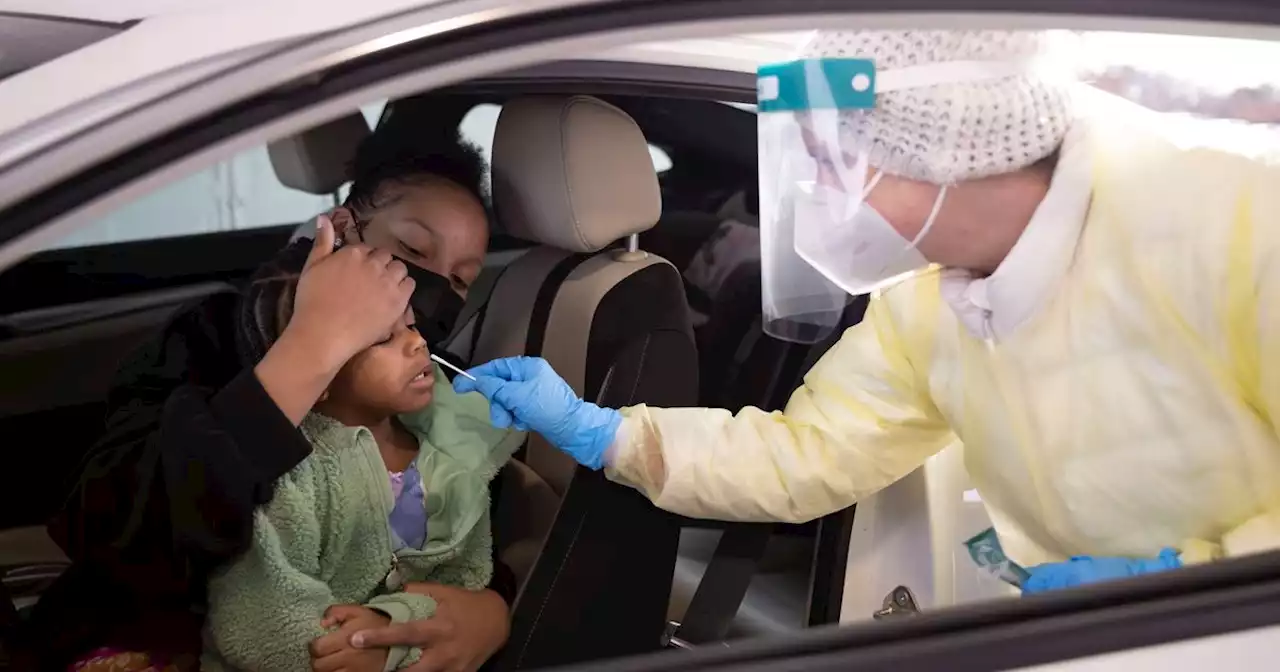The highly transmissible Omicron variant of the SARS-CoV-2 virus - the most common form of which is known as BA.1 - now accounts for nearly all of the coronavirus infections globally, although dramatic surges in COVID cases have already peaked in some countries.
Scientists are now tracking a rise in cases caused by a close cousin known as BA.2, which is starting to outcompete BA.1 in parts of Europe and Asia. The following is what we know so far about the new subvariant:Globally, BA.1 accounted for 98.8% of sequenced cases submitted to the public virus tracking database GISAID as of Jan. 25. But several countries are reporting recent increases in the subvariant known as BA.2, according to the World Health Organization.
Trevor Bedford, a computational virologist at Fred Hutchinson Cancer Center who has been tracking the evolution of SARS-CoV-2, wrote on Twitter on Friday that BA.2 represents roughly 82% of cases in Denmark, 9% in the UK and 8% in the United States, based on his analysis of sequencing data from the GISAID database and case counts from the Our World in Data project at the University of Oxford.
BA.2, sometimes known as a "stealth" subvariant, does not have the same missing target gene. Instead, scientists are monitoring it the same way they have prior variants, including Delta, by tracking the number of virus genomes submitted to public databases such as GISAID. Danish health officials estimate that BA.2 may be 1.5 times more transmissible than BA.1, based on preliminary data, though it likely does not cause more severe disease.In England, a preliminary analysis of contact tracing from Dec. 27, 2021, through Jan. 11, 2022, by the UK Health Security Agency suggests that household transmission is higher among contacts of people infected with BA.2 compared with other Omicron cases .A critical question is whether people who were infected in the BA.
United States Latest News, United States Headlines
Similar News:You can also read news stories similar to this one that we have collected from other news sources.
 New COVID variant BA.2: What's known about 'stealth' omicron?The new coronavirus variant, which scientists call BA.2, is widely considered stealthier than the original version of omicron because particular genetic traits make it somewhat harder to detect.
New COVID variant BA.2: What's known about 'stealth' omicron?The new coronavirus variant, which scientists call BA.2, is widely considered stealthier than the original version of omicron because particular genetic traits make it somewhat harder to detect.
Read more »
 What you need to know about the fast-spreading BA.2 omicron variantA subvariant of omicron called BA.2 seems to be taking over in many places, but it is not expected to cause yet another wave of cases around the world.
What you need to know about the fast-spreading BA.2 omicron variantA subvariant of omicron called BA.2 seems to be taking over in many places, but it is not expected to cause yet another wave of cases around the world.
Read more »
 What to know about BA.2, the newest COVID-19 omicron variantIt’s called the “stealth” variant, but there’s nothing particularly stealthy about it. Researchers are working to parse whether it is a new threat.
What to know about BA.2, the newest COVID-19 omicron variantIt’s called the “stealth” variant, but there’s nothing particularly stealthy about it. Researchers are working to parse whether it is a new threat.
Read more »
 Experts explain what's making BA.2 omicron subvariant more contagious than the originalExperts are also calling BA.2 a 'stealth omicron,' as there's a key difference in its genetic sequence that makes it harder to track.
Experts explain what's making BA.2 omicron subvariant more contagious than the originalExperts are also calling BA.2 a 'stealth omicron,' as there's a key difference in its genetic sequence that makes it harder to track.
Read more »
 How worried should we be about the new BA.2 Omicron subtype? Here's what we knowIs BA.2 causing a new surge in some places? Will current vaccines be less effective against BA.2 than the main Omicron subtype? Here's what we know:
How worried should we be about the new BA.2 Omicron subtype? Here's what we knowIs BA.2 causing a new surge in some places? Will current vaccines be less effective against BA.2 than the main Omicron subtype? Here's what we know:
Read more »
 UT Southwestern researchers confirm two BA.2 cases in North TexasResearchers confirmed two cases of BA.2, a sub-lineage of the omicron variant, through sequencing at the University of Texas Southwestern on Thursday....
UT Southwestern researchers confirm two BA.2 cases in North TexasResearchers confirmed two cases of BA.2, a sub-lineage of the omicron variant, through sequencing at the University of Texas Southwestern on Thursday....
Read more »
